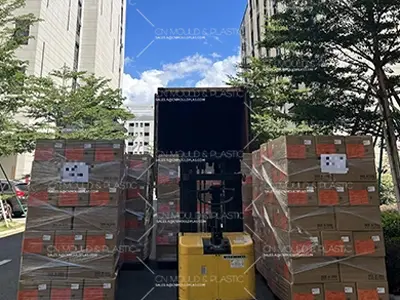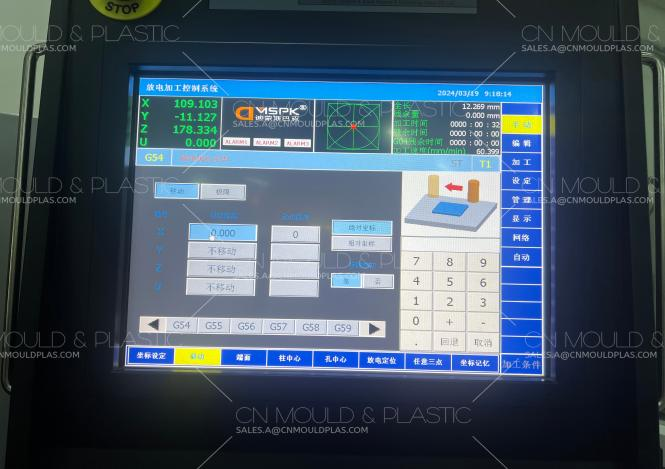During the injection molding process, the injection speed affects the flow state of the molten material in the mold cavity, which in turn influences the quality of the product.


Low Injection Speed: When the injection speed is slow, the flow of the molten material is stable, resulting in more consistent product dimensions with less fluctuation. Additionally, because the shear rate of the material flow is reduced, internal stresses in the product are lower, and the stresses in different directions of the product tend to be more uniform. However, longer filling times can lead to issues such as delamination and poor bonding at the weld lines, which affects the product’s appearance.
Moreover, the strength of the product is significantly reduced, and when forming parts with fine textures, the contours of the texture may become unclear and irregular. To compensate for this, injection pressure may be appropriately increased during low-speed injection.

High Injection Speed: At higher injection speeds, the molten material flows quickly from the gate into the mold cavity. As the material strikes the cavity wall, the subsequent material is compressed, and finally, all the material folds and merges into a single mass. If this high-speed filling process is successful, the molten material quickly fills the cavity, with a small temperature drop and minimal reduction in viscosity. This allows for the use of lower injection pressures, and the process can be considered a "hot" material filling.
High-speed injection helps improve the product's gloss and smoothness, eliminates weld lines and delamination, reduces sink marks, provides more uniform color, and ensures the thicker parts of the product are well-formed. It also helps reduce temperature differences within the molten material in the mold cavity, improving pressure transfer and resulting in more precise products with uniform density and lower internal stress. Additionally, high-speed filling can use lower mold temperatures, shorten the molding cycle, and improve production efficiency.
However, when the filling speed is too fast, the material may flow in a "jetting" pattern, which can cause turbulence or swirling, mixing air into the molten material and leading to bubbles or swelling in the product. Furthermore, the unstable flow of the molten material can result in inconsistent material flow properties, causing issues like flow marks and cloudy spots, which affect the transparency of the product.
This is especially problematic when the mold gate is too small, or the mold cavity ventilation is poor, as air may not escape in time, causing uneven bubbles of various sizes within the product. The friction and shear forces the plastic experiences in narrow areas like runners and gates can cause local overheating, which may lead to material decomposition, discoloration, or even burning.

